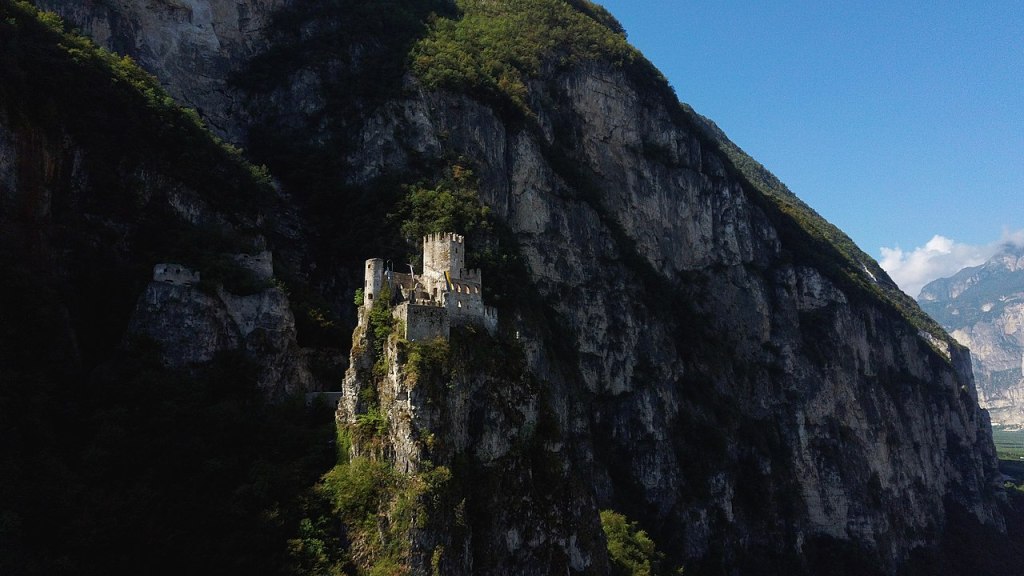Over the last weeks in Italy, several associations of scholars and researchers, councils and professional associations have expressed concern and dissent regarding the Decree of the Ministry of Culture (MiC) containing the “Guidelines for the determination of the minimum amounts of fees and royalties for the concession of use of assets in custody of state institutes and places of culture” (Ministerial Decree 161, April 11, 2023). Those Concerns are also shared by Wikimedia Italy.
The new decree establishes fees for the production and publication of digital reproductions of cultural heritage held by the state, including that in the public domain. For this reason it goes against the principles of enhancement and public enjoyment of the cultural heritage as expressed in the Cultural Heritage and Landscape Code itself (Articles 1 and 6), of which the decree is also an application. These principles, which are also recognized by the Faro Convention on the Value of Cultural Heritage for Society – which Italy has signed – stipulate that no technological or economical barriers should be imposed to the access, use and reuse of images of cultural heritage in the public domain. These barriers, on the other hand, are constituted by the new fees imposed by the MiC, with negative consequences not only on Wikimedia projects, but in general on any activity of study and scientific research and on the understanding and enhancement of the cultural heritage in the custody of state institutions.
An authorization and reimbursement procedure is required even for taking mere photographs by one’s own means and without contact with the property or use of any equipment. This rule does not find real justification, but it is instead an obstacle to the open access to cultural heritage by citizens, which is an indispensable element for its protection as a shared objective.
Impacts on the Wikimedia projects
All Wikimedia projects use Creative Commons licenses which also allow commercial reuse of content available on the platforms. This is a prerogative of the projects: for more than two decades volunteers on the Wikimedia projects have been contributing in the sum of knowledge knowing that the content they share will be reusable by anyone, for any purpose.
Wikimedia Commons, in particular, already hosts hundreds of thousands of photos of Italian monuments and works of art photographed through Wiki Loves Monuments, an initiative that encourages citizens to document cultural heritage, freely publishing their pictures online. Over eleven years, in Italy alone, 8,750 people have participated, and 2,300 cultural institutions have chosen to authorize the reproduction of the monuments they preserve without any fee, as well as the publication under a free license, for a total of 180,000 photographs collected. The new ministerial guidelines, by not allowing concessions without a fee or reimbursement, overlook the importance of a collaborative initiative such as Wiki Loves Monuments, which is supported by institutions and citizens and has in the past received the auspices of the Ministry of Culture itself. Above all, however, the decree fails to recognize the value of the world’s most widely used collaborative platforms, which have the very purpose of making the world’s heritage accessible for all uses. The decree effectively isolates Italian cultural heritage from global processes of exchange, sharing, and enhancement.
Repercussions on scientific research
The guidelines also mark a step backward from the National Digitization Plan (PND), which, while already having many limitations and critical issues with respect to the integration of digital reproductions of cultural heritage on Wikimedia projects, at least allowed the free use of cultural heritage reproductions in publishing.
As also noted by the Italian Libraries Association and other professional associations, the new guidelines place an economic limit on academic research and publication. Indeed, under the new guidelines, researchers will have to pay to use images of cultural heritage in scientific articles or monographs, imposing anachronistic restraints on the use of images.
For a simplification of reuse
Opposition to tariffs, fees or refunds charged on the use and reuse of images of cultural heritage in the public domain is not only a matter of principle, but is grounded on economic and practical reasons. The personnel who have to apply the fees cost much more than the revenue generated by the refunds, as also pointed out by the Corte dei Conti in its resolution No. 50/2022/G on “Expenditure on information technology with particular regard to the digitization of Italy’s cultural heritage.” Prior estimation or measurement of downloads of ebooks containing the images are impractical, although demanded by the decree. The very definition of reimbursement, on which the guidelines are based, is uncertain. If “reimbursement” means the user’s participation in covering the expenses required to make the images, what to do with digital reproductions? Does it make sense to request “reimbursement” for self-made photographs, where no service is provided by the institution, or for sending images already made for other claimants?
In light of all this, Wikimedia Italia underlines that cultural heritage images in the public domain must be free for any kind of publication and for use and reuse inside and outside the Wikimedia projects. To foster this virtuous practice, which is also encouraged by the European Copyright Directive, the entities that have custody of cultural property should at least have the freedom to establish a zero-fee option when it promotes research, protection, and enhancement of the cultural heritage and when the burden of managing the fees exceeds the revenues.

Can you help us translate this article?
In order for this article to reach as many people as possible we would like your help. Can you translate this article to get the message out?
Start translation
